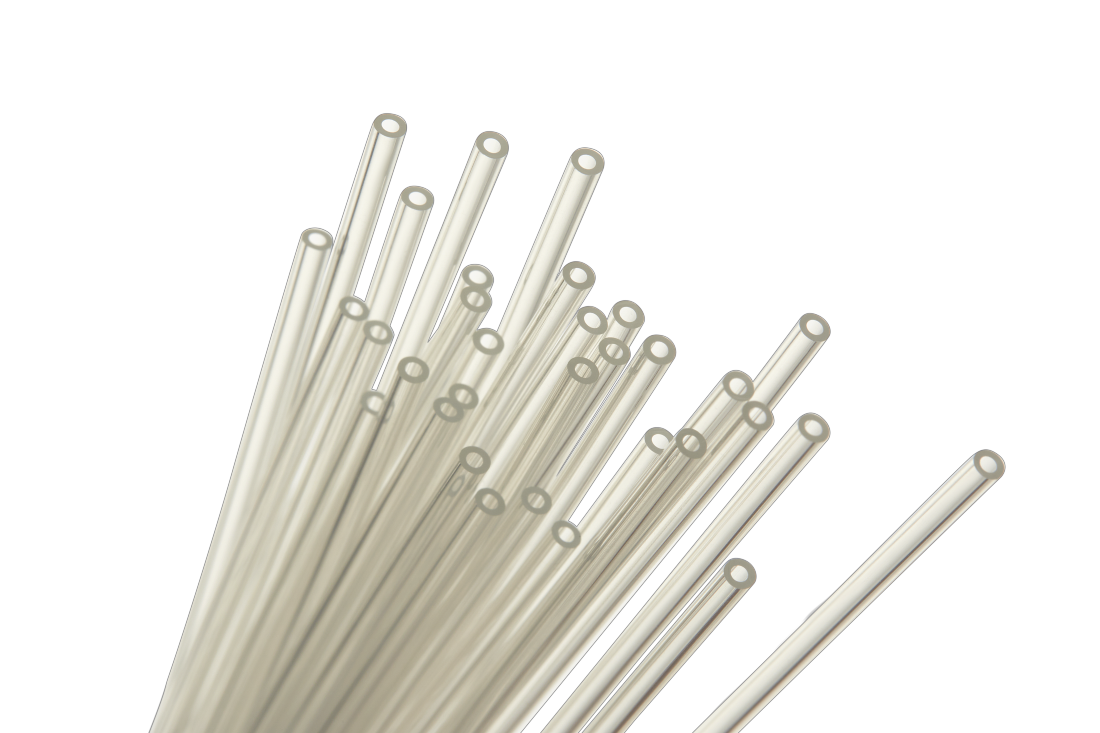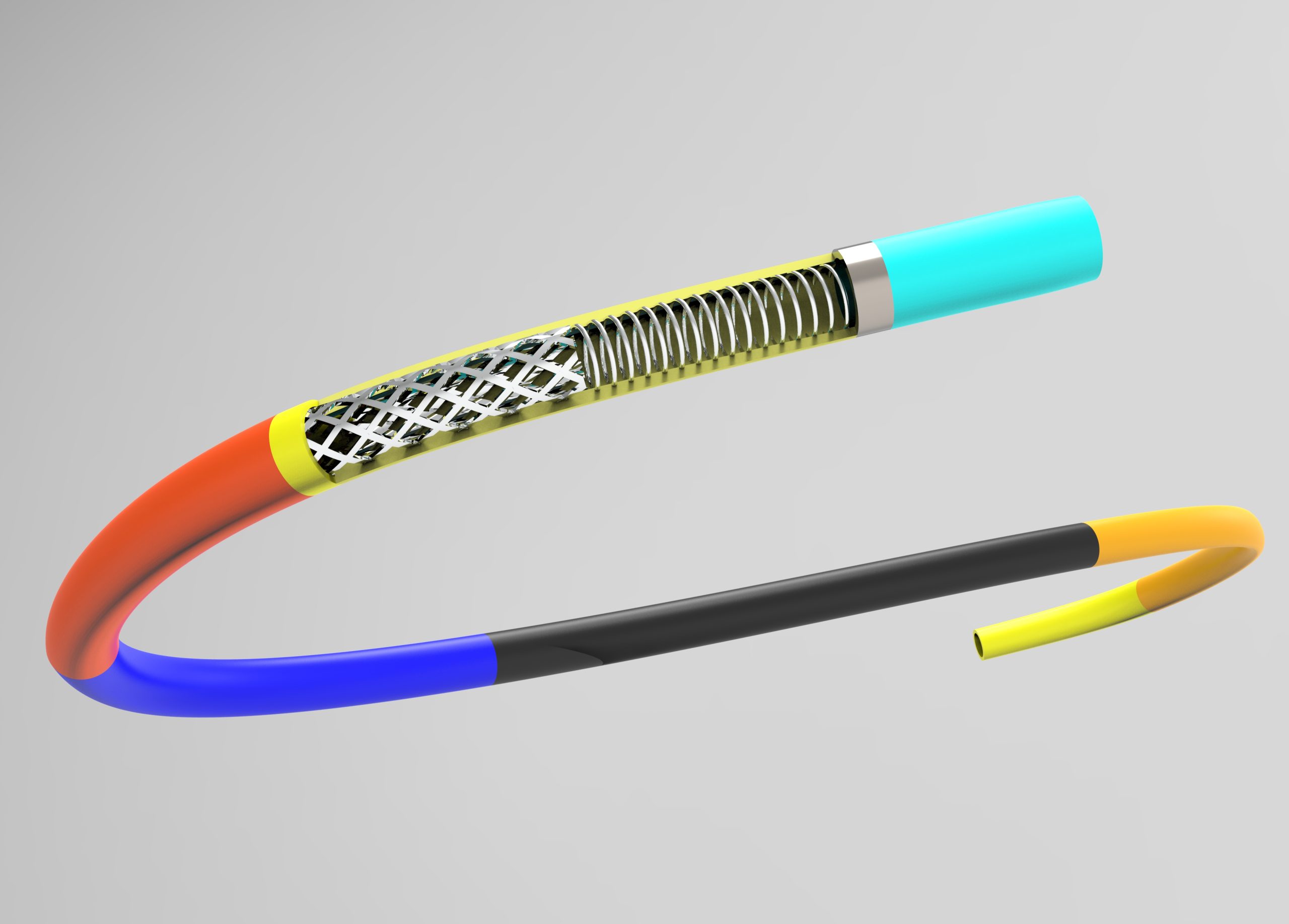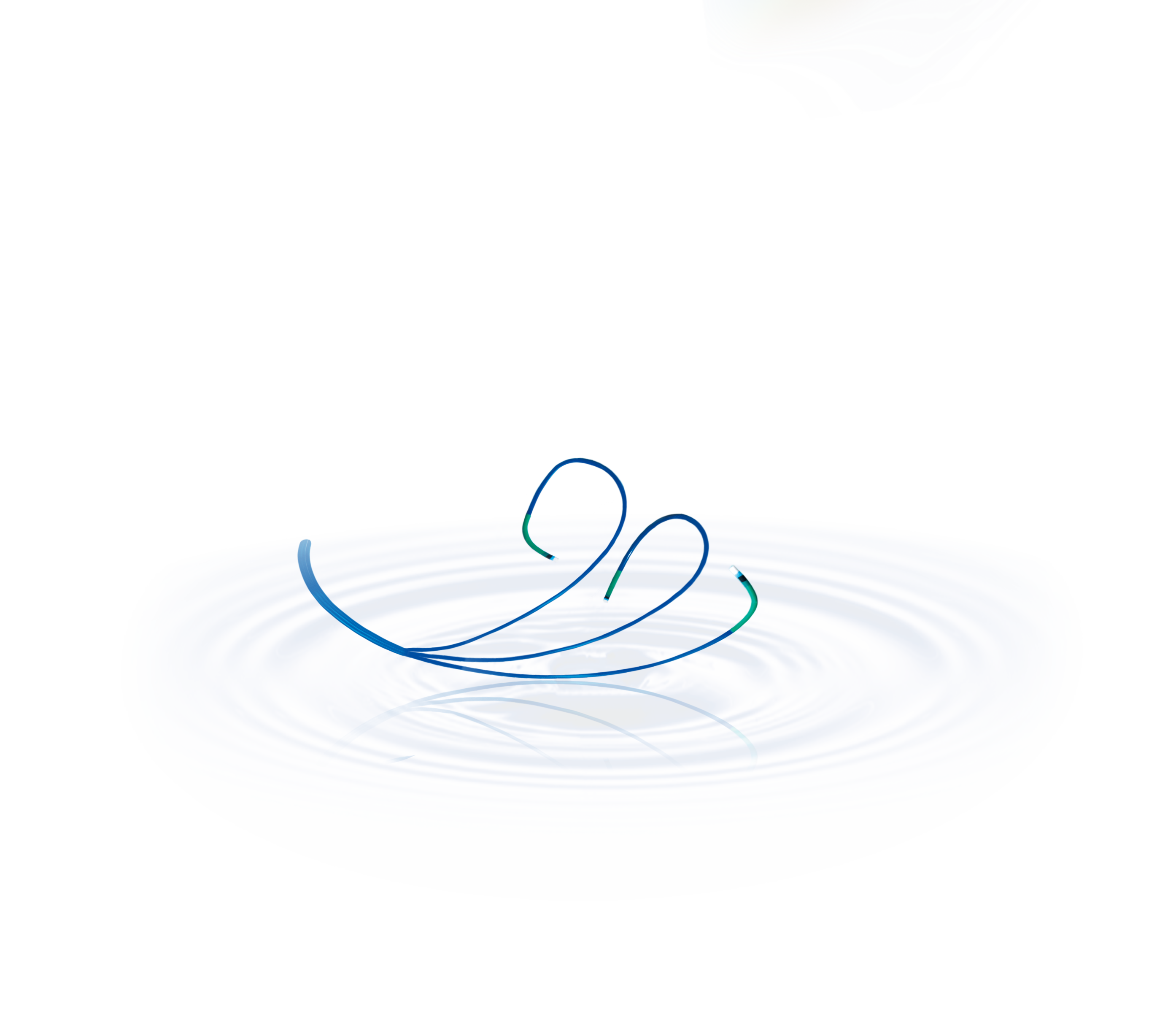PA Tube
The PA Tube, also referred to as a Single Lumen Tube, is a crucial component utilized in various medical settings for precise fluid delivery or instrument insertion during procedures. It serves as a conduit, ensuring the seamless transfer of fluids or the introduction of medical instruments with accuracy and reliability. Constructed from durable materials, the PA Tube is designed to withstand the rigors of medical procedures while prioritizing patient safety and comfort.
Features
- The composition of Demax’s PA Tube is meticulously crafted to embody durability, flexibility, and biocompatibility, essential qualities for medical tubing applications.
- At its core, the PA Tube is typically constructed from high-quality materials, with polyamide (PA) being a common choice. Polyamide is renowned for its exceptional properties, including robustness, resistance to abrasion, and chemical stability, making it well-suited for medical use.
- The composition of the PA Tube prioritizes biocompatibility, meaning it is inert and non-reactive when in contact with bodily tissues and fluids. This biocompatibility is crucial for ensuring patient safety and minimizing the risk of adverse reactions or complications.
Applications
- PTA balloon single lumen tube
- Angiography catheter
- Guide catheter
- Microcatheter
- Other braided tube inner and outer layers
Technical Parameters
- Outer diameter (mm): 5~10.0
- Outer diameter tolerance (mm): ±02
- Minimum wall thickness (mm): 03
- Wall thickness tolerance (mm): ±02
- Intravenous Therapy: Essential for the precise administration of fluids, medications, and contrast agents in hospital settings, facilitating patient care and treatment.
- Surgical Procedures: Utilized for irrigation, drainage, and instrumentation during surgical interventions, ensuring optimal visualization and control for surgeons.
- Endoscopic Examinations: Integrated into endoscopic devices for visualization and biopsy procedures in gastroenterology and urology, enhancing diagnostic capabilities and patient outcomes.
- Diagnostic Imaging: Employed for contrast media injection and fluid management in medical imaging procedures, contributing to accurate diagnosis and treatment planning.
- Laboratory Research: Applied in laboratory settings for sample collection, analysis, and experimentation, supporting scientific inquiry and discovery.
Related products
Braid & Coil Reinforcement Tube
The Demax Braid & Coil Reinforcement Tube is an innovative medical device designed to provide enhanced strength and flexibility for a wide range of medical applications. Crafted with precision and utilizing advanced materials, this reinforced tubing offers exceptional performance and reliability, making it an indispensable tool for medical professionals in various clinical settings.
Angiography catheter
Features:
1. The tip is soft to reduce the risk of vascular injury;
2. PEBAX material, stronger configuration shape memory;
3. The port adopts a butterfly-wing ergonomic design, which is convenient to operate and more practical;
4. Good pushability and retractability, easy to control.Guiding Catheter
Guiding catheters are typically composed of biocompatible materials such as polyurethane or nylon, chosen for their flexibility, durability, and compatibility with bodily tissues. The catheter shaft is reinforced with braided or coiled wires to provide structural support and torqueability while maintaining flexibility for navigation through tortuous vascular anatomy. Soft, atraumatic tips minimize trauma to blood vessels during insertion and positioning. Radiopaque markers or bands incorporated into the catheter shaft enhance visibility under fluoroscopy or other imaging modalities, allowing for precise navigation and positioning during procedures. Demax’s guiding catheters are engineered with advanced materials and design features to optimize performance and safety, ensuring successful outcomes in a wide range of interventional procedures.
Microcatheter
Features:
1. PTFE inner layer allows for smooth passage for embolic agents;
2. Optimal trackability through tortuous anatomy;
3. Available in pre-shaped tip shape configurations for vessel engagement;
4. Four shapes provides more option for clinical usage;
5. 2.0F/2.2F/2.6F/2.8F models are available;
6. Hydrophilic coating technology, smoothly through the lesion.




